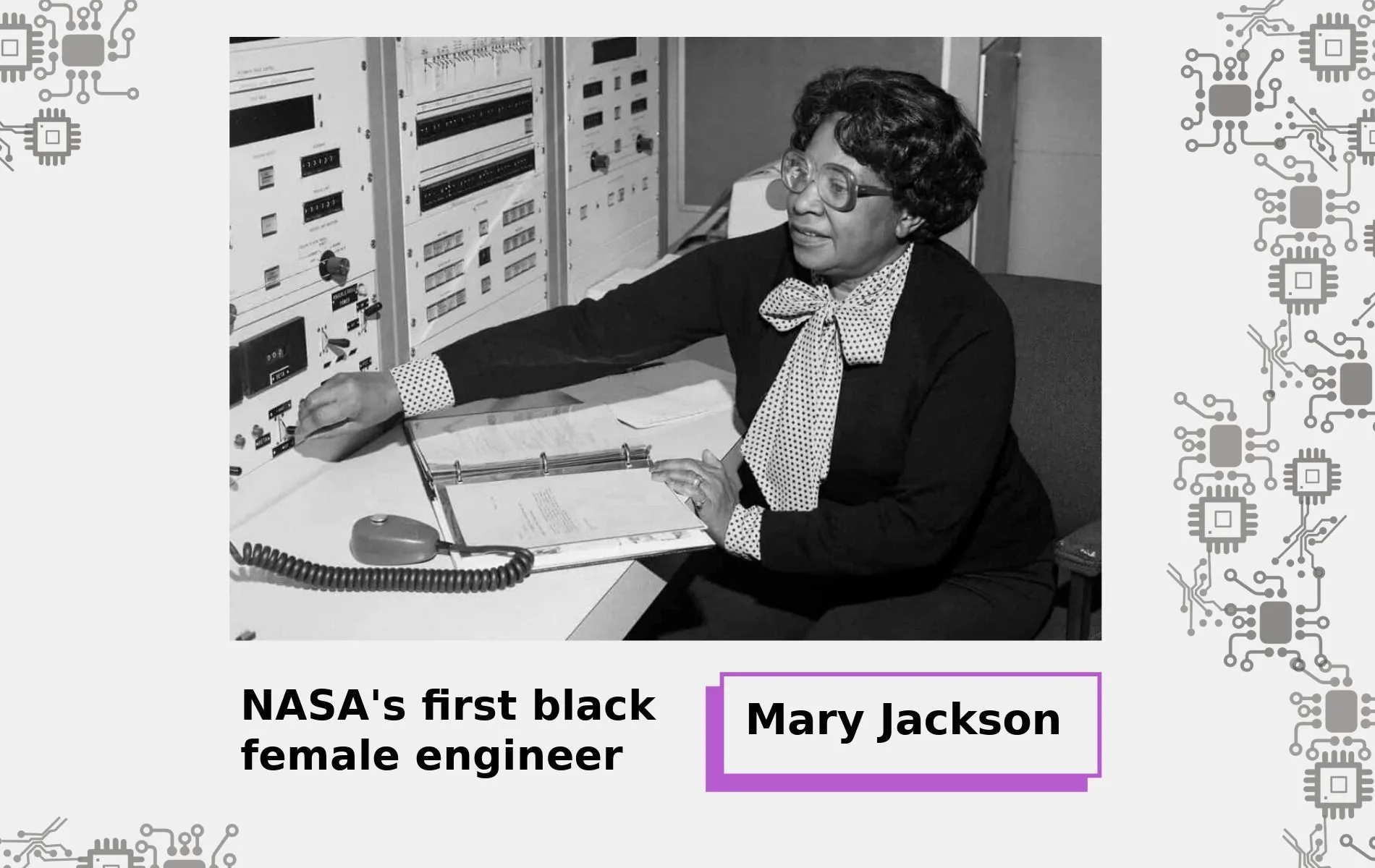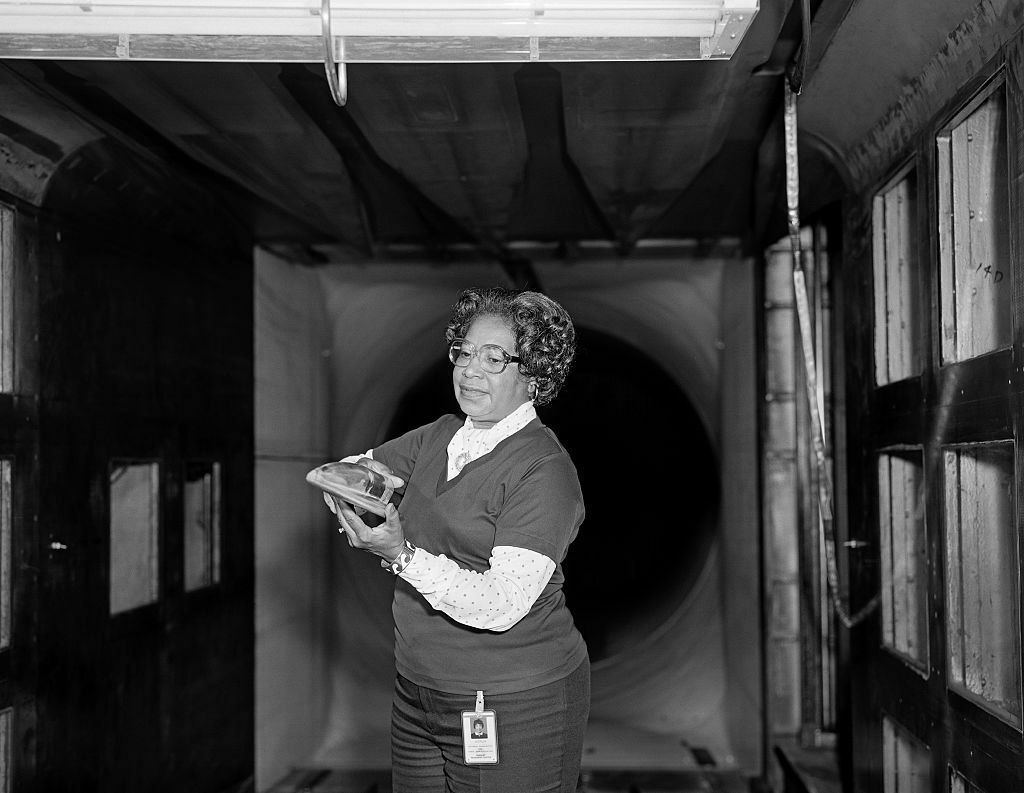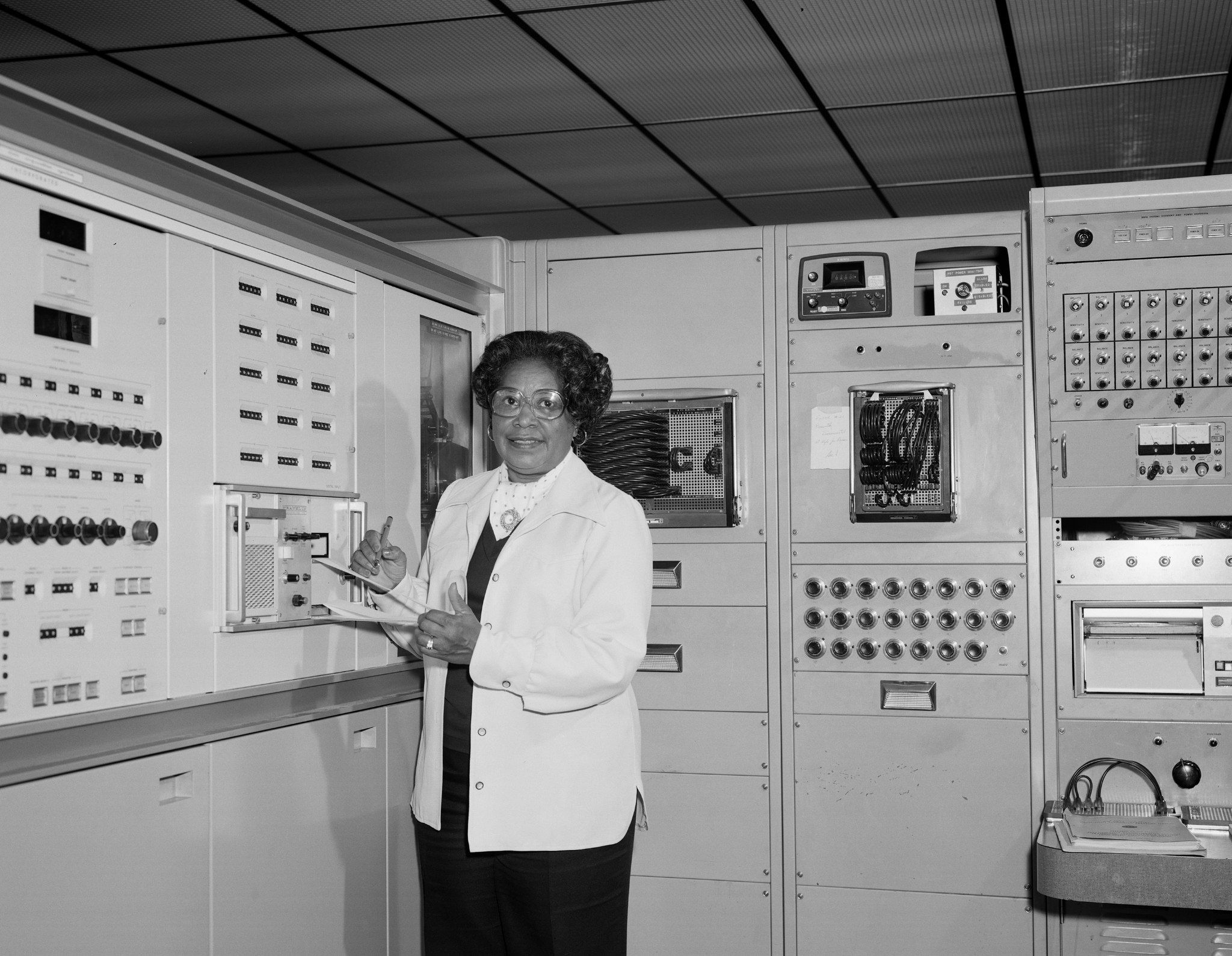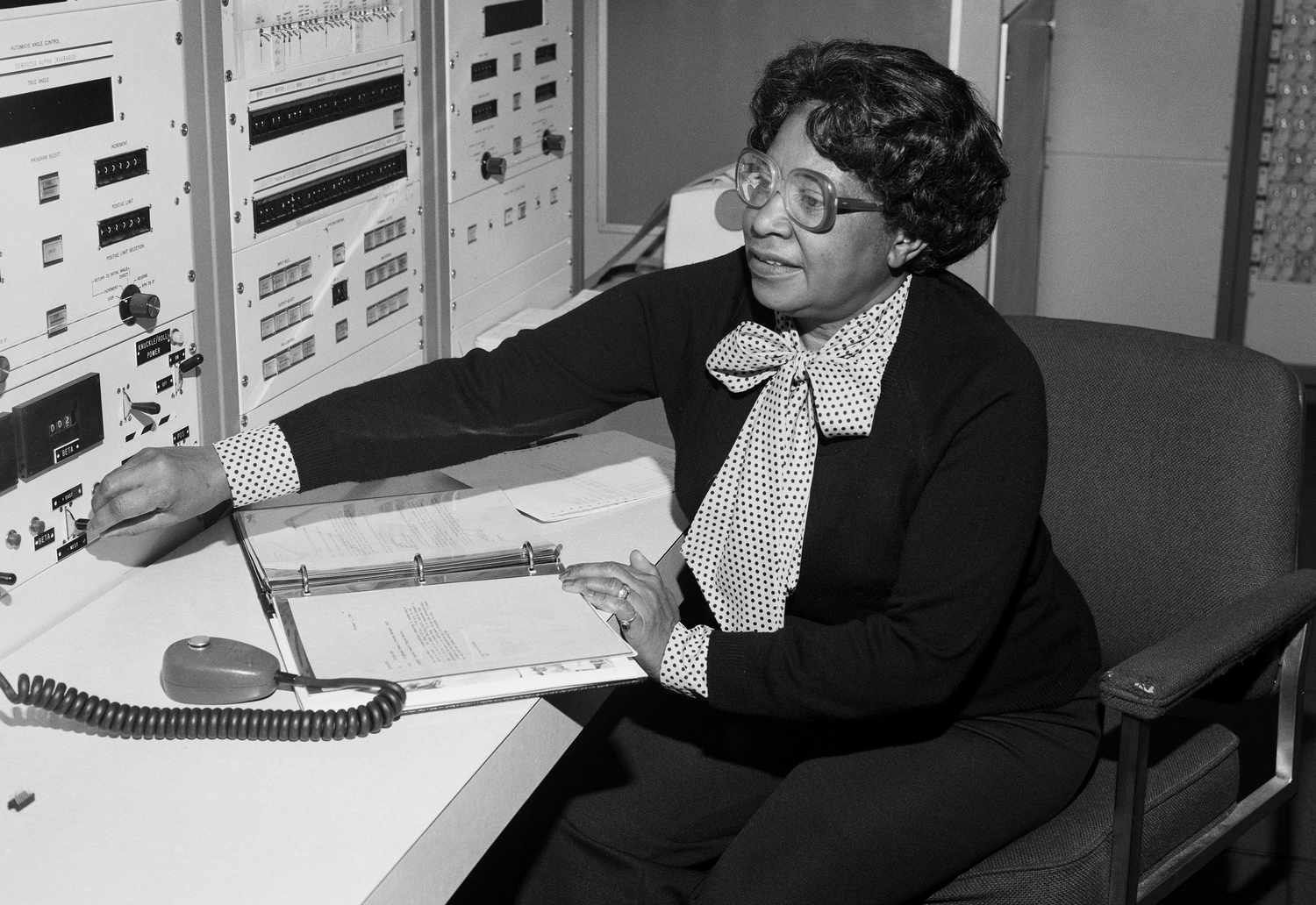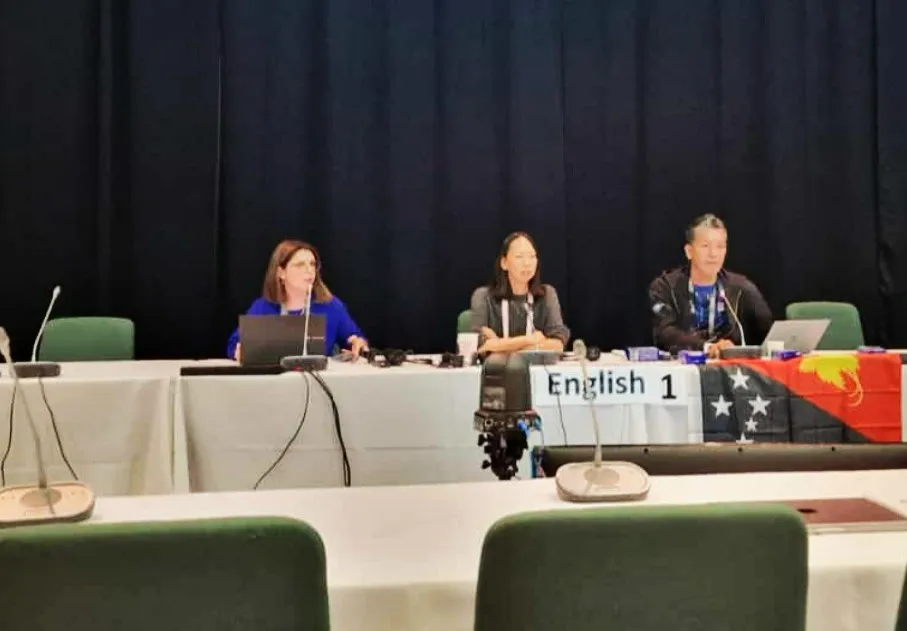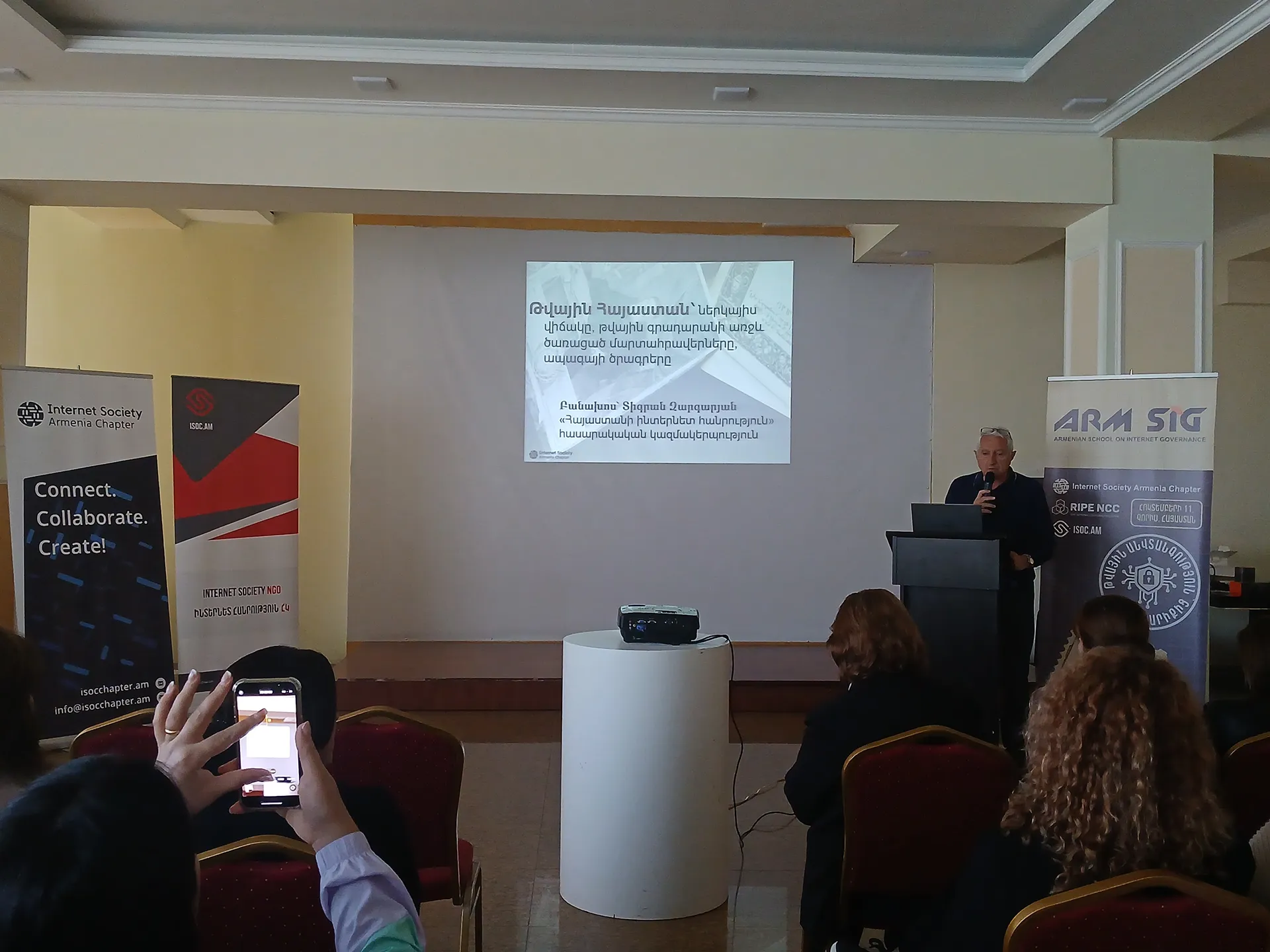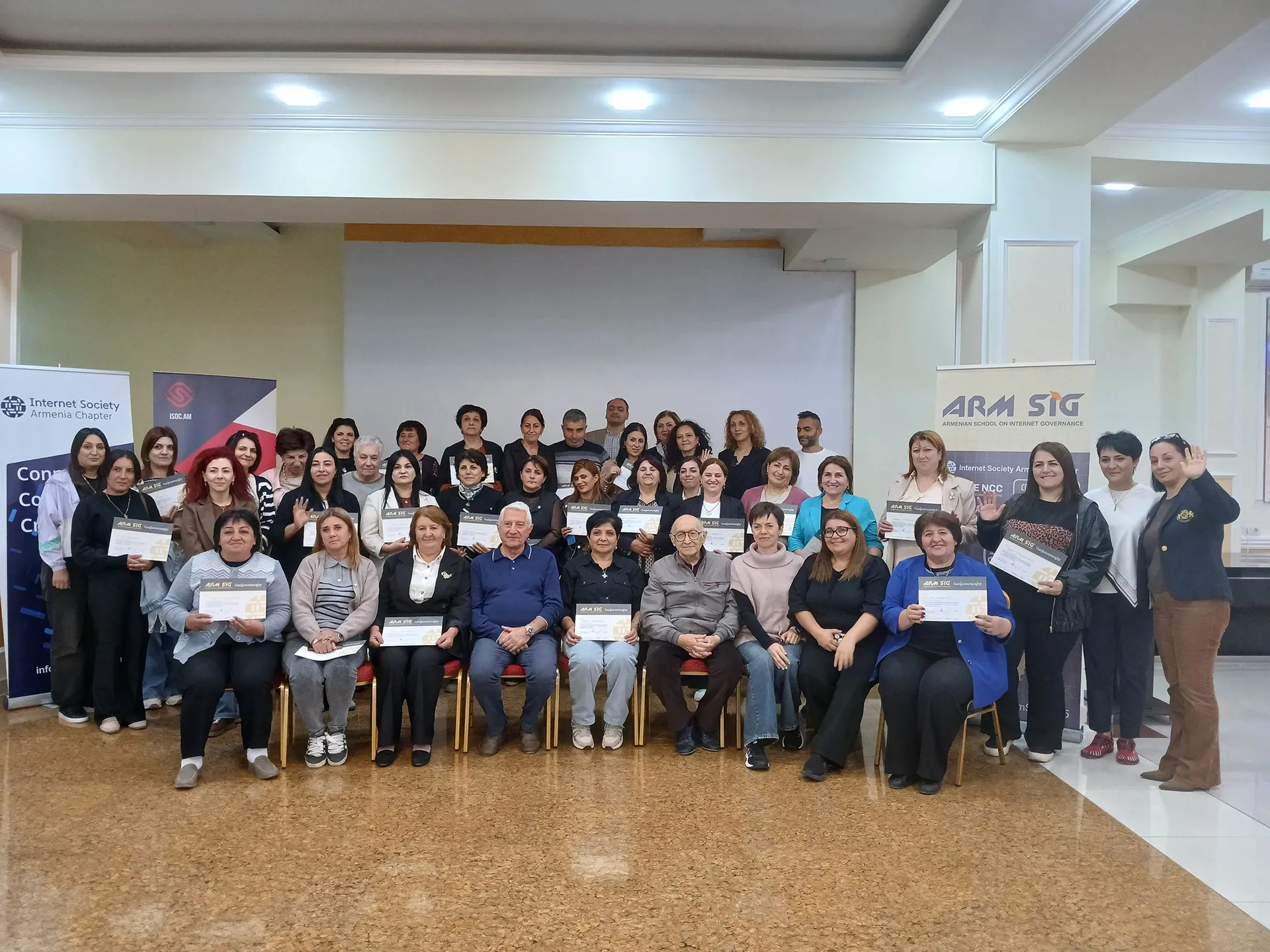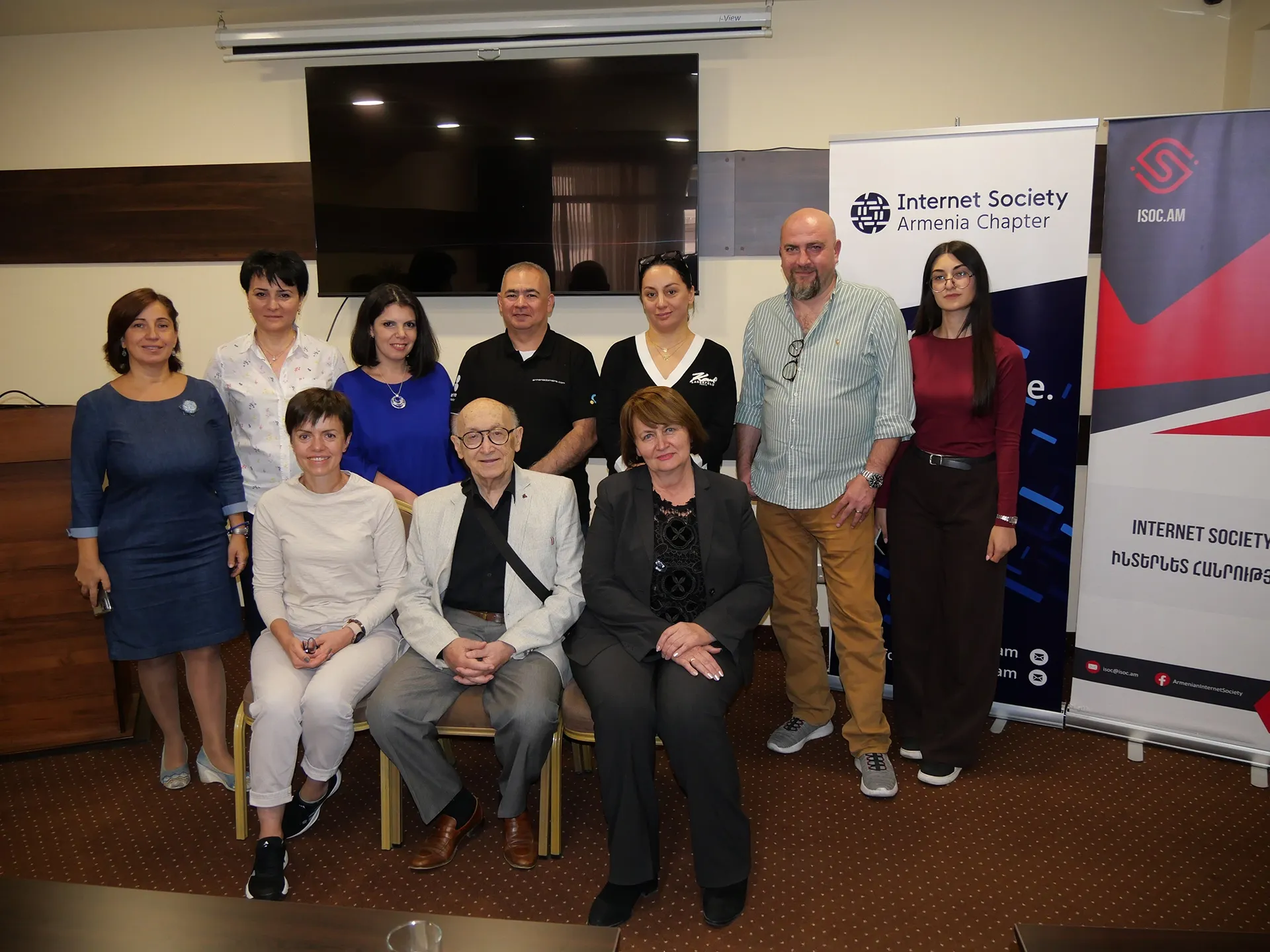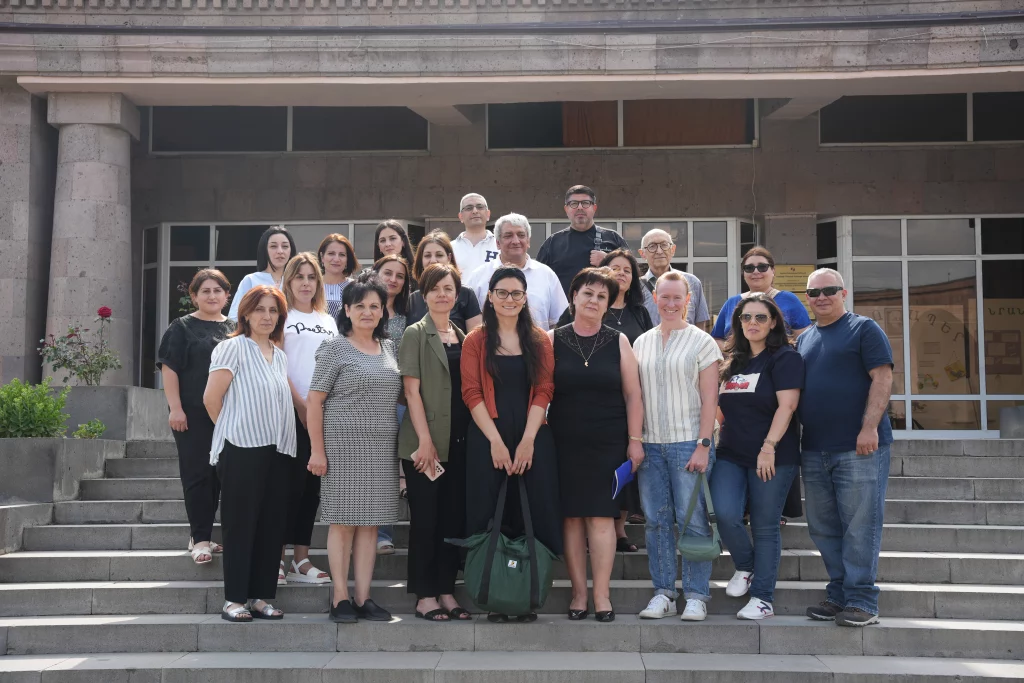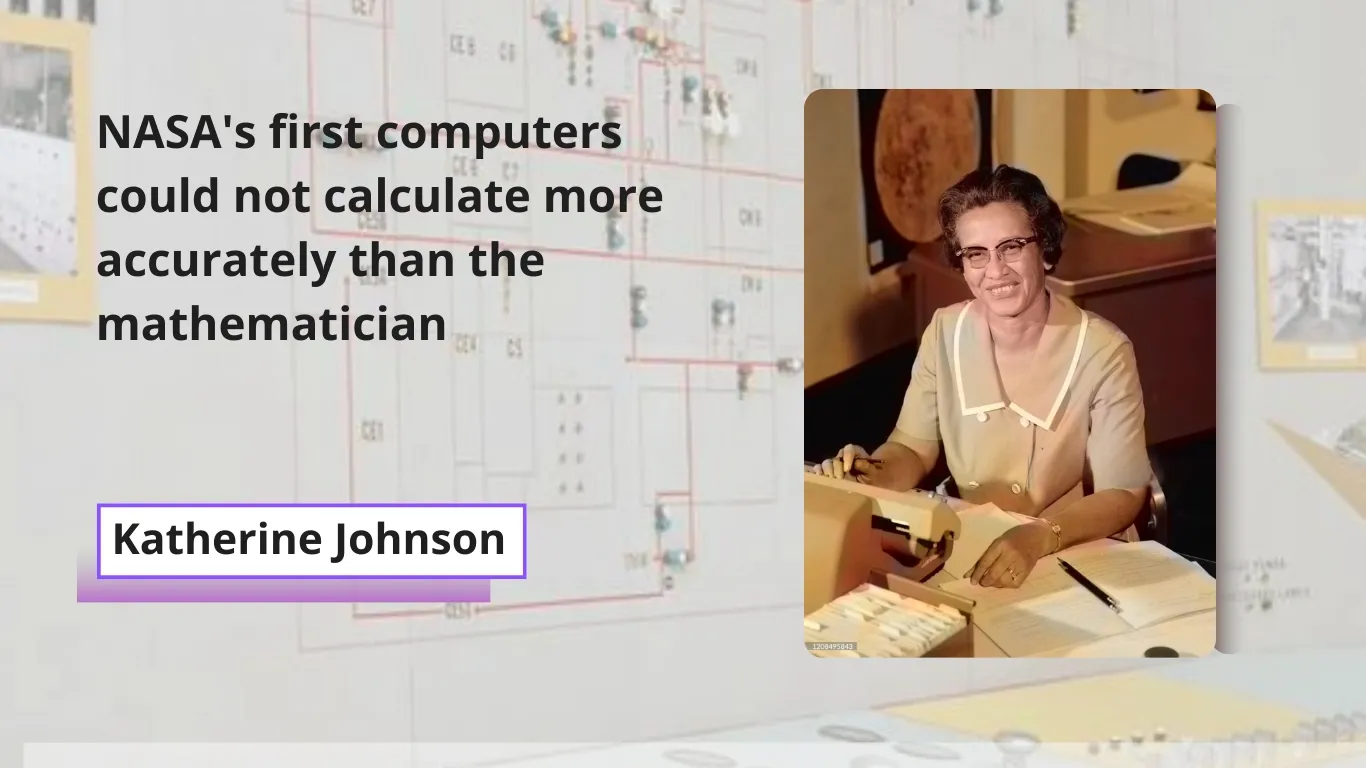In an era when the United States still judged individuals by the color of their skin and strictly segregated workplaces, dining areas, and restrooms, a turning point came in 1943. Amid the demands of World War II and a growing shortage of skilled mathematicians, many of whom had been drafted, NASA, the nation’s leading scientific and military institution, opened its doors to African-American women. To harness their talents, the agency established the West Area Computing Unit, a division dedicated to mathematical research.
By 1951, Mary Jackson, a 30-year-old with a degree in physics and mathematics, and prior experience as a math teacher, secretary, and accountant, joined NASA as part of this groundbreaking group of African-American women.
After two years dedicated solely to calculations, Mary Jackson advanced to research work. While raising two children and accelerating in her professional growth, she pursued further education, ultimately becoming NASA’s first African-American female engineer. Yet, to gain the right to study, she had to petition for permission to attend courses at a segregated school, solely because she was not white.
In 1979, frustrated by the ongoing discrimination faced by herself and her colleagues, Jackson shifted her focus to human resources. There, she worked to identify and support talented individuals, advocating for equal opportunities within the agency. She remained at NASA in this role until her retirement in 1985.
Before transitioning to human resources, Mary Jackson spent nearly two decades studying space across various NASA departments. She authored more than ten scientific papers and rose to the position of senior engineer. Alongside her colleague Katherine Johnson and her supervisor Dorothy Vaughan, Jackson played a critical role in launching the Mercury program, NASA’s first major step toward global space exploration. For decades, the success of this mission was credited almost exclusively to white male engineers.
The hidden contributions of Jackson and her peers came to light only in 2016, through Margo Lee Shetterly’s book Hidden Figures and its widely acclaimed film adaptation.
Recognition followed long after their work: in 2019, Mary Jackson was posthumously awarded the U.S. Congressional Gold Medal, and in 2020, NASA named its Washington, D.C. headquarters in her honor.
Reed more from “Women in IT” serias here.

